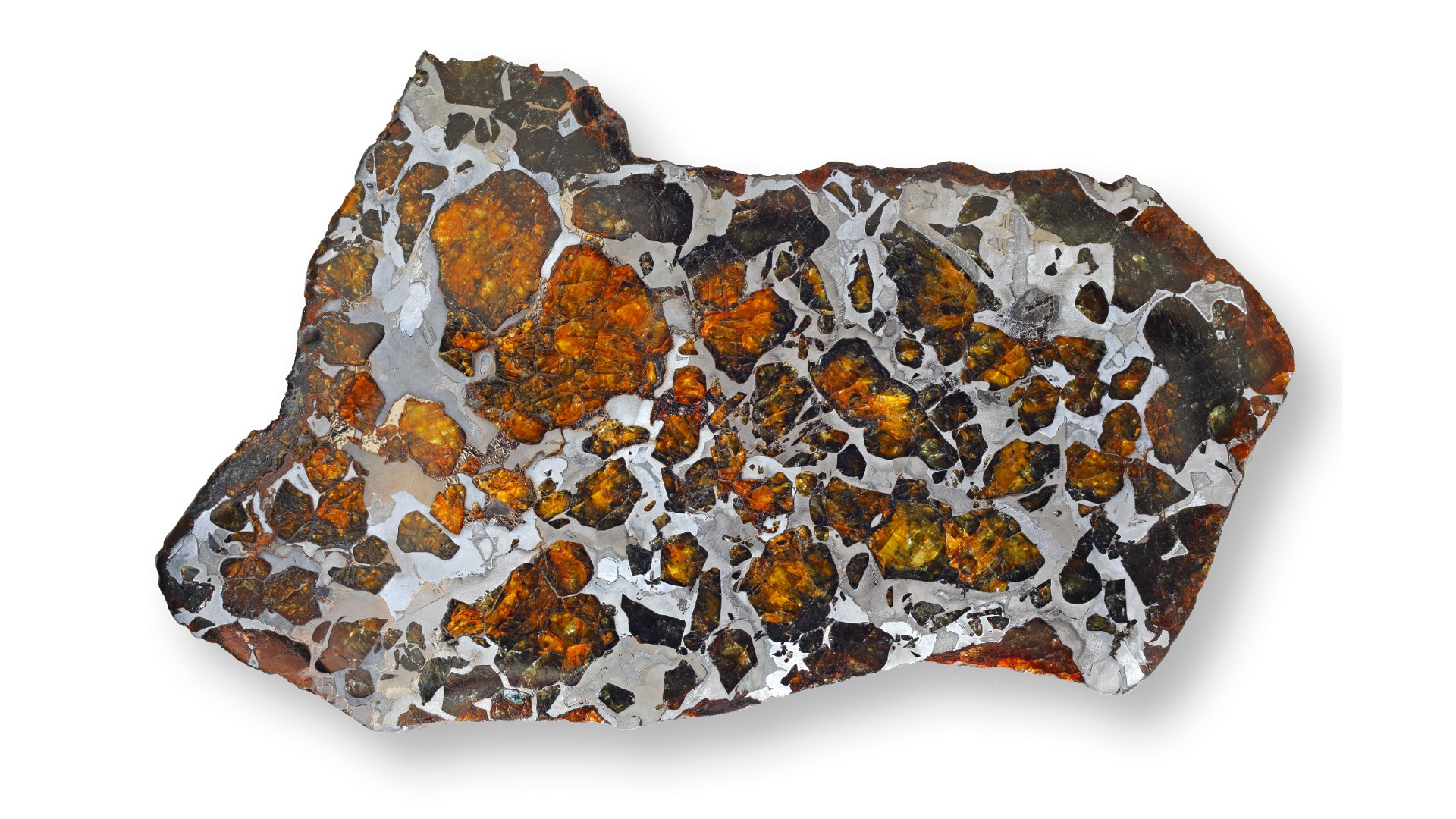
How many meteorites hit Earth every year?
How often do "shooting stars" land on Earth?

Every year, millions of rocky shards from outer space burn up in Earth's atmosphere, many briefly flaring and appearing in the sky as "shooting stars." But how many survive their high-speed plunges to strike the ground?
Rocks from space that land on Earth are known as meteorites. Giant impacts, such as the one that likely ended the reign of the dinosaurs about 66 million years ago, caused by an asteroid or comet measuring about 6 miles (10 kilometers) across, are extraordinarily rare. Instead, most rocks that fall to Earth are very small, and relatively few survive their fiery plummet through Earth's atmosphere.
Scientists estimate that fewer than 10,000 meteorites collide into Earth's land or water, which is a drop in the bucket compared with the moon, which doesn't have an atmosphere and gets hit by varying sizes of space rocks: about 11 to 1,100 tons (10 to 1,000 metric tons) — the mass of about 5.5 cars — of space rock dust per day, and about 33,000 pingpong-ball-sized space rock collisions yearly, Live Science previously reported.
Related: What are the largest impact craters on Earth?
The space rocks that typically end up as meteorites are known as meteoroids — small asteroids, or the smallest members of the solar system. These range in size from boulders measuring about 3 feet (1 meter) wide down to micrometeoroids the size of dust grains, according to the American Meteor Society (AMS).
Meteoroids are generally fragments of asteroids or comets. However, some may be debris blasted off planets or moons. For example, there are more than 300 known meteorites that originated as pieces of Mars, according to the Meteoritical Society.

As meteoroids plow through Earth's atmosphere, they burn up from air friction and produce streaks of light across the sky: these flaming, falling rocks are called meteors. A very bright meteor is known as a fireball, according to the AMS. Thousands of fireballs blaze across Earth's sky each day, but most of these happen over the oceans and uninhabited regions, and a good many are masked by daylight, the AMS noted.
Sign up for the Live Science daily newsletter now
Get the world’s most fascinating discoveries delivered straight to your inbox.
Most of Earth's detected meteors "come from the meteor showers associated with the dust released by comets," said Gonzalo Tancredi, an astronomer at the University of the Republic in Montevideo, Uruguay. However, meteor showers do not produce meteorites, as the meteoroids in such showers are typically too fragile to survive the fall to the ground, Tancredi told Live Science in an email.
To estimate how many meteorites successfully hit Earth each year, Tancredi analyzed data from the Meteoritical Society. From 2007 to to 2018, there were 95 reports of meteorites falling to Earth, averaging a rate of about 7.9 reports per year.
It's impossible to know for sure how many meteorites fall into the ocean and sink to the bottom undetected. However, 29% of Earth's surface is covered by land. Urban areas, in which about 55% of people live, cover about 0.44% of land, Tancredi noted.
Tancredi estimated that the total number of terrestrial meteorite falls over Earth was about equal to the number of meteorites reported in urban areas divided by the percentage of Earth's land covered by urban sprawl. All in all, he estimated that there are probably "about 6,100 meteorite falls per year over the entire Earth, and about 1,800 over the land," Tancredi said.
Tancredi noted that space rocks measuring about 33 feet (10 m) wide are expected to enter Earth's atmosphere every six to 10 years. A rock big enough to generate an explosion like that of the 1908 Tunguska event in Russia happens about every 500 years, he added. A major cosmic impact from a rock about 3,280 feet (1 km) wide is estimated to happen every 300,000 to 500,000 years, whereas a collision like the one that ended the Cretaceous period and obliterated the dinosaurs might take place once in 100 million to 200 million years, he said.
Originally published on Live Science.










